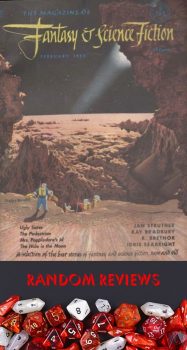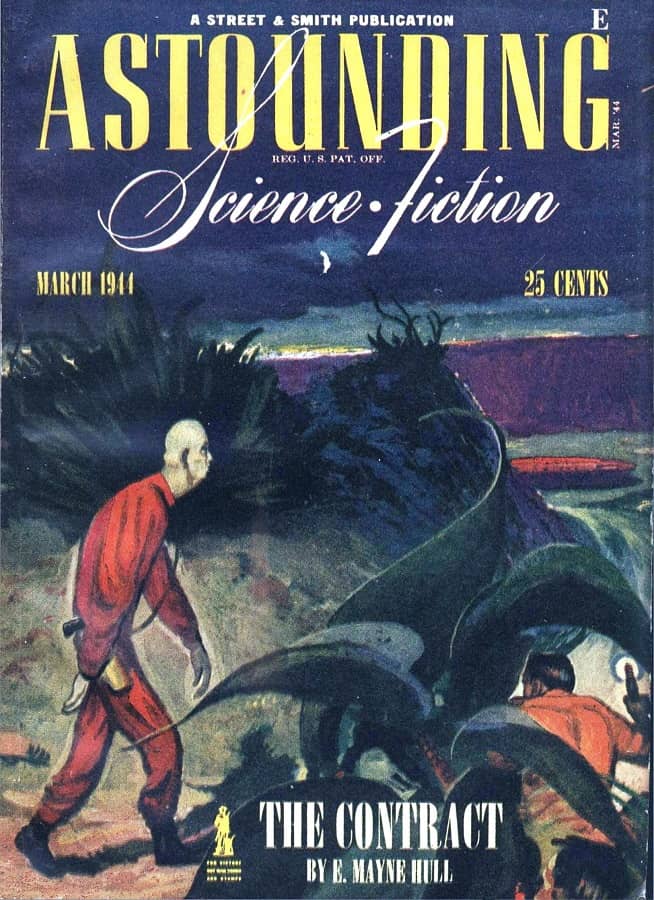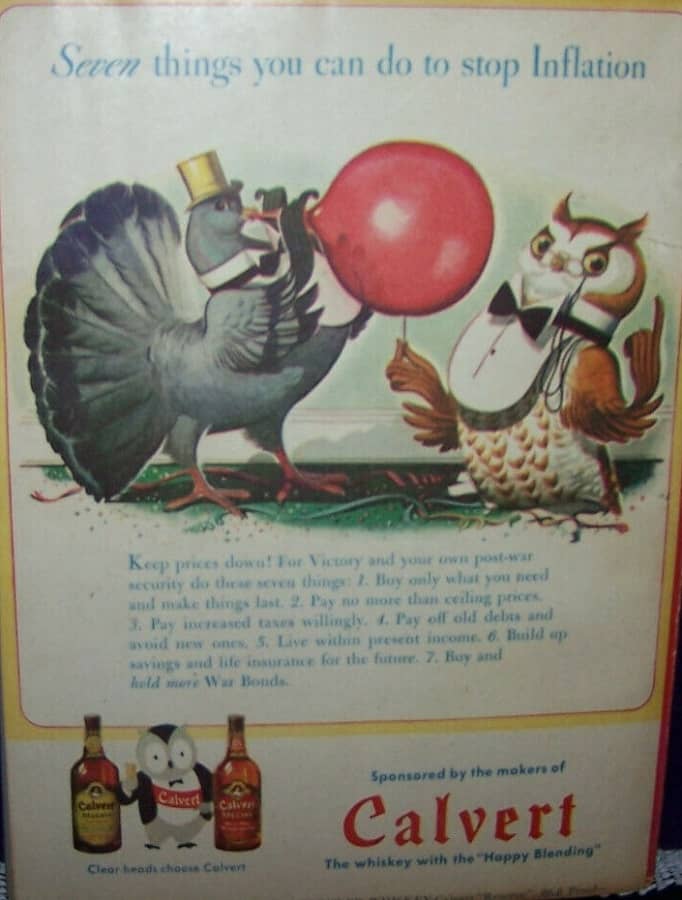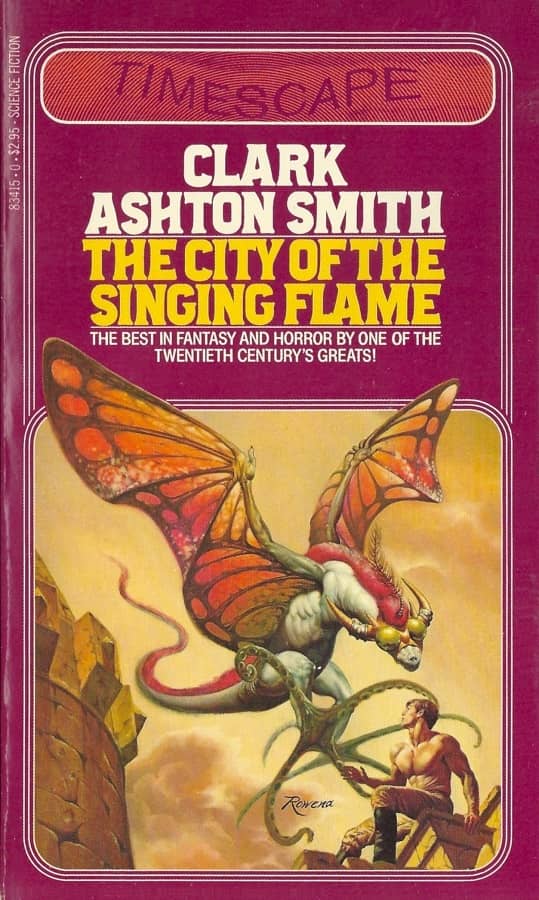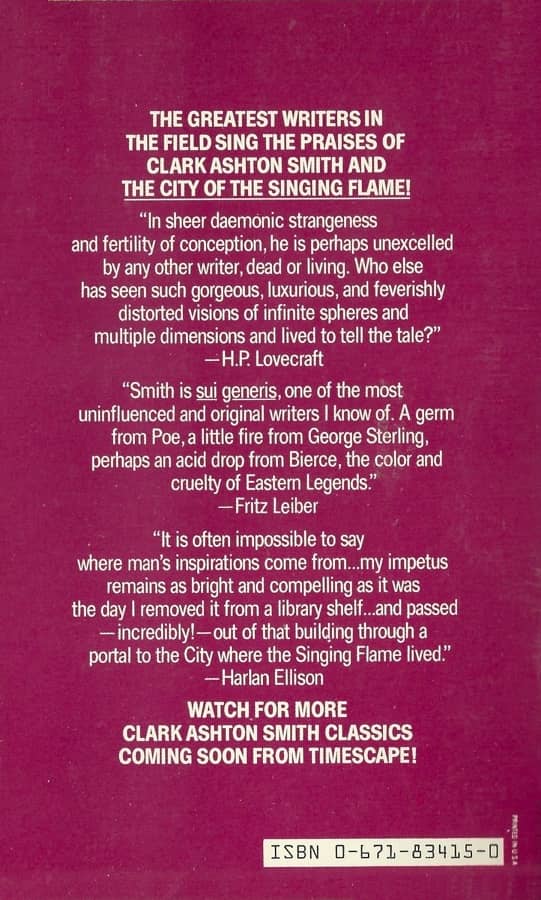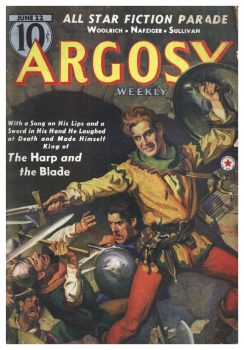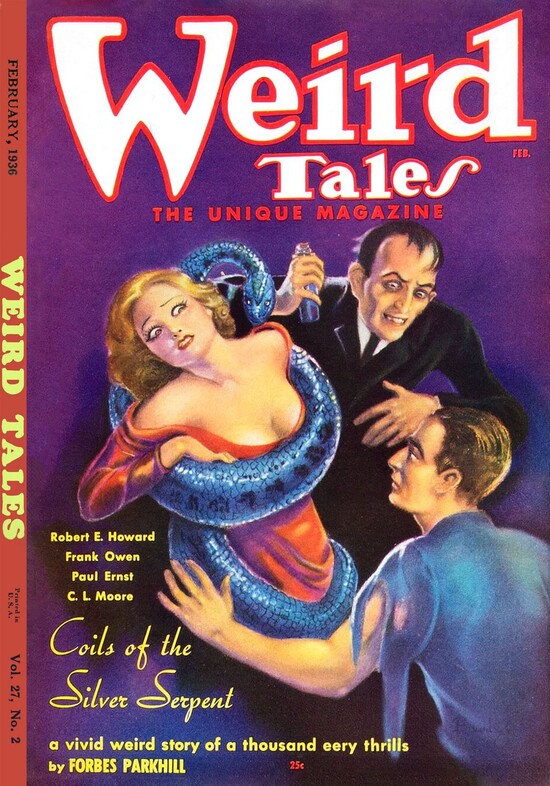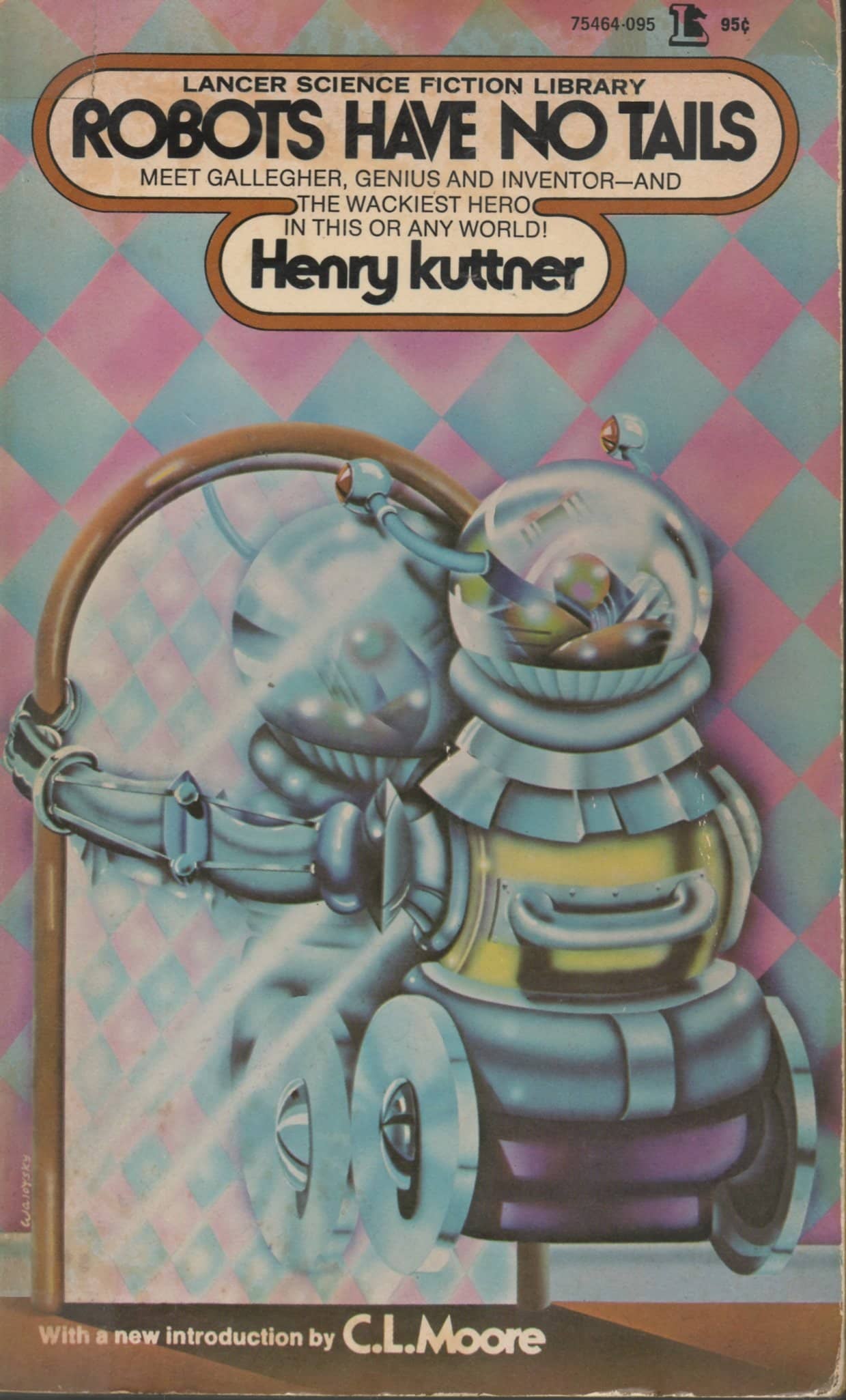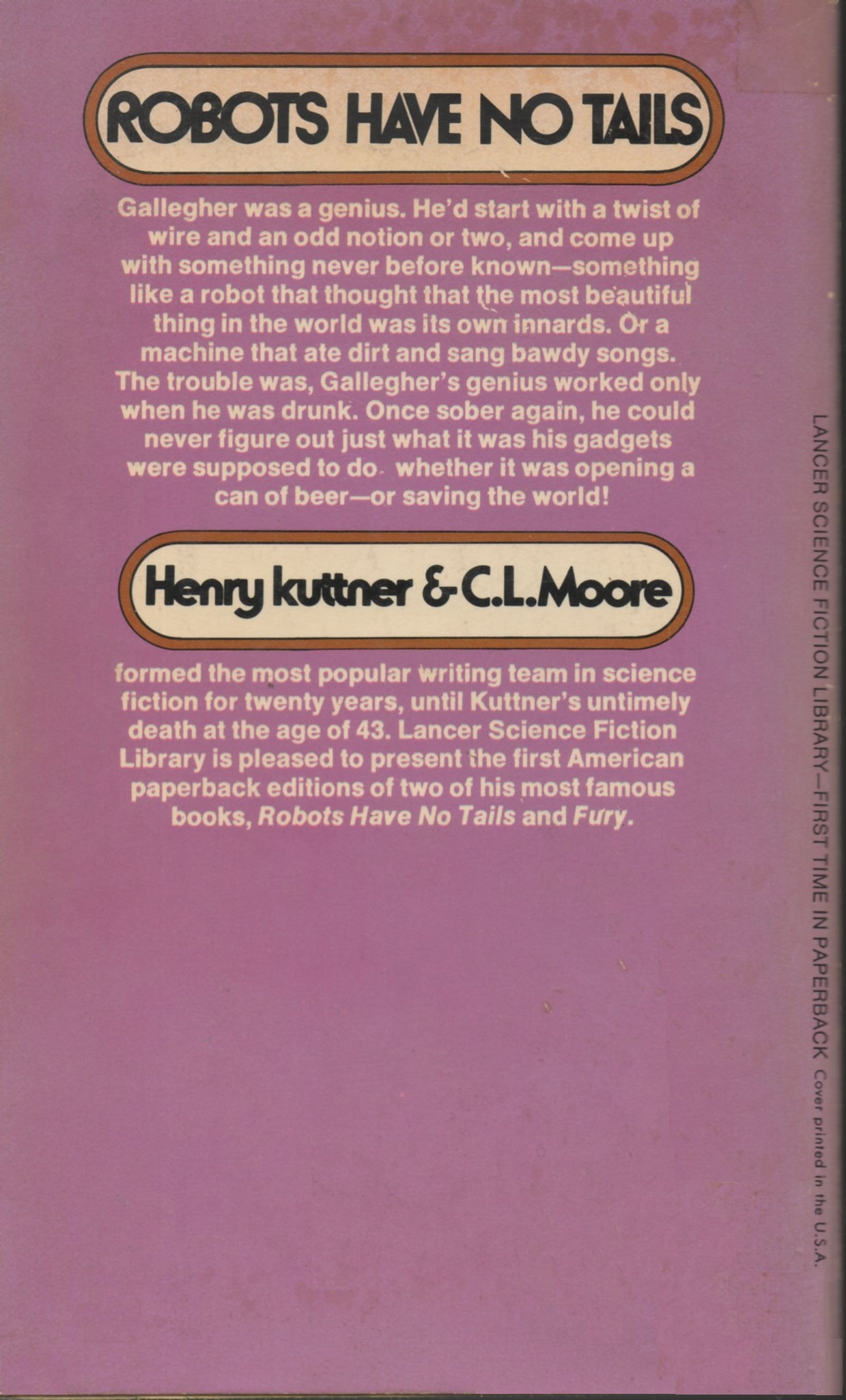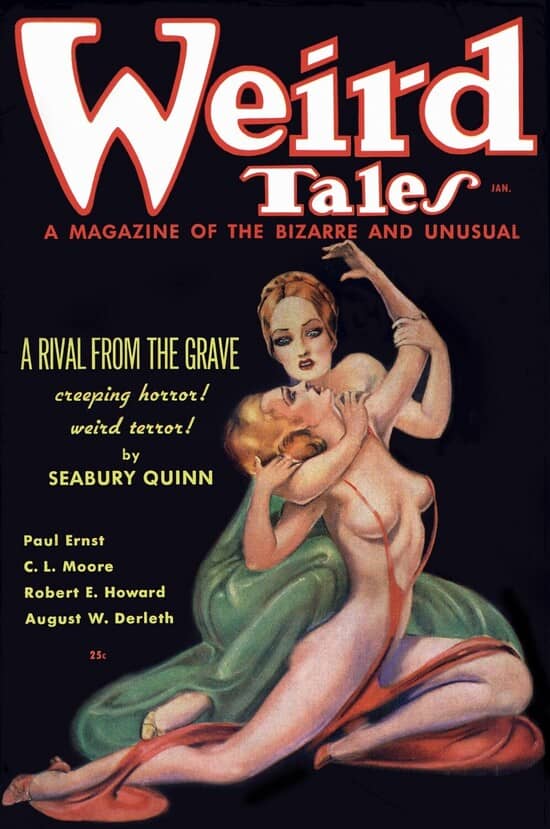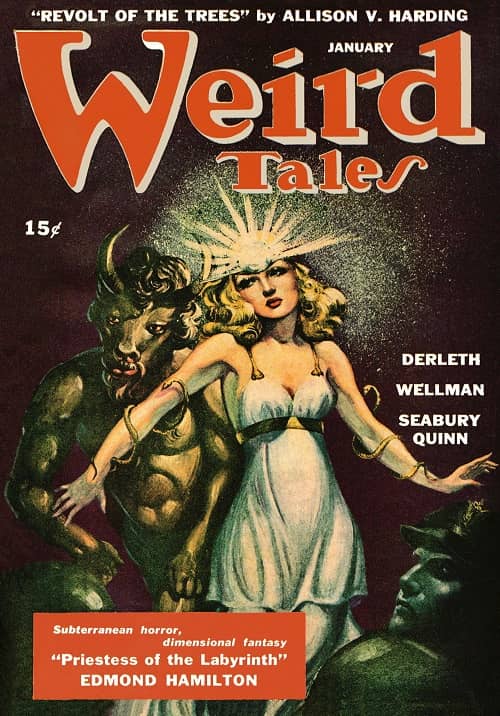Beautiful Plagues: An Interview with John C. Hocking
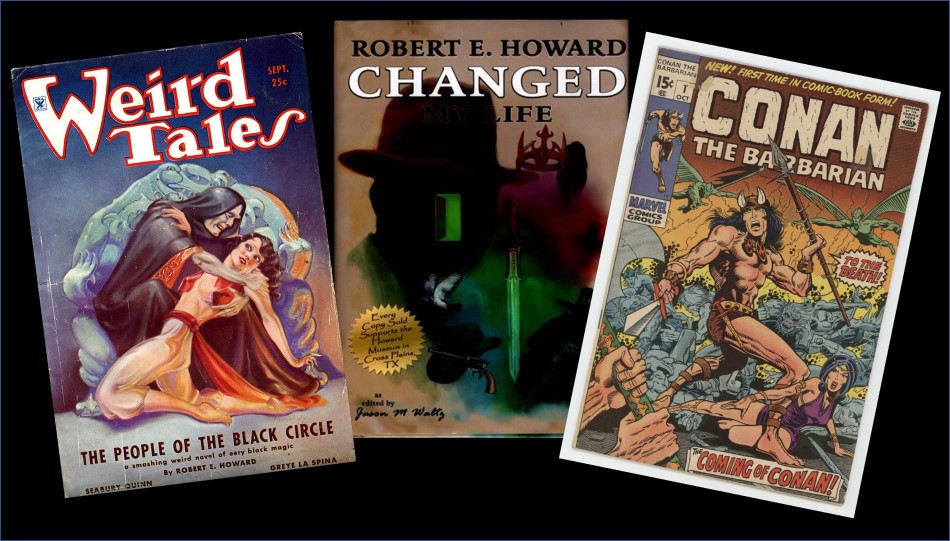 To help reveal the muses that inspire weird fiction and horror writers, this interview series engages contemporary authors on the theme of “Art & Beauty in Weird/Fantasy Fiction.” Recent guests on Black Gate broaching this topic have included Darrell Schweitzer, Sebastian Jones, Charles Gramlich, Anna Smith Spark, & Carol Berg, Stephen Leigh, Jason Ray Carney. See the full list of interviews at the end of this post.
To help reveal the muses that inspire weird fiction and horror writers, this interview series engages contemporary authors on the theme of “Art & Beauty in Weird/Fantasy Fiction.” Recent guests on Black Gate broaching this topic have included Darrell Schweitzer, Sebastian Jones, Charles Gramlich, Anna Smith Spark, & Carol Berg, Stephen Leigh, Jason Ray Carney. See the full list of interviews at the end of this post.
Today we corner John C. Hocking whose Conan pastiche we reviewed a few months ago.
John C. Hocking is an American fantasy writer who is the author of two well-acclaimed Conan novels and has also won the 2009 Harper’s Pen Award for Sword and Sorcery fiction for his story, “The Face In The Sea”. He lives in Michigan with his wife, son, and an alarming quantity of books. He is a nigh-obsessed reader and writer of lurid pulp fiction, the author of Conan and the Emerald Lotus, the “Black Starlight” Conan serial, and their time-lost companion, Conan and the Living Plague, and an obedient thrall of Tales From the Magician’s Skull.
For clarity, we’ll actually corner him twice. Firstly, here on Black Gate, we’ll cover his weird, pulpy muses & Conan pastiche; secondly, in a companion interview, we’ll cover his King’s Blade and Archivist series on the Tale from the Magician’s Skull Blog.
